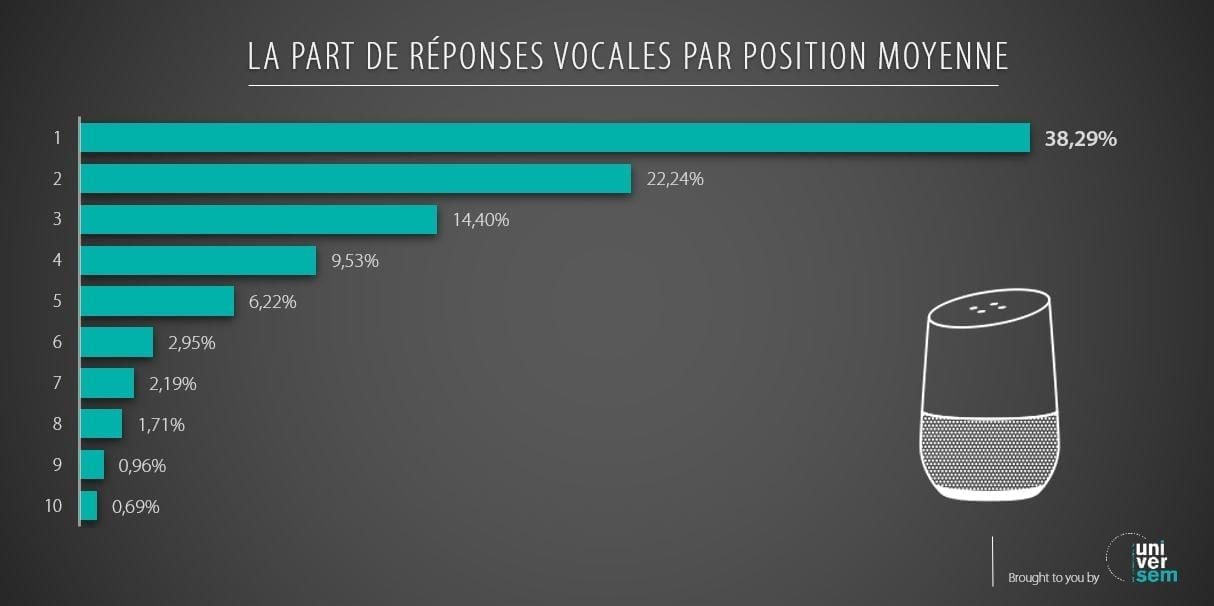Featured snippets and People Also Asked bear witness to advances in search engine use aimed at offering internauts the most appropriate response by endeavouring to understand user search intent. Although these specific and highly popular forms of search results are not an all-embracing goal, here are a few tips on how to integrate them within your SEO strategy.
Concept definition
Vital ingredients for SEO professionals, featured snippets and People Also Asked (PAAs) are concepts that nevertheless remain unclear to many. Often confused with rich snippets, featured snippets – aka position 0 – come in the form of a short answer to a user request. They are displayed inside a frame placed above the search results and often come in the following formats:
- ‘Definition’ type paragraph
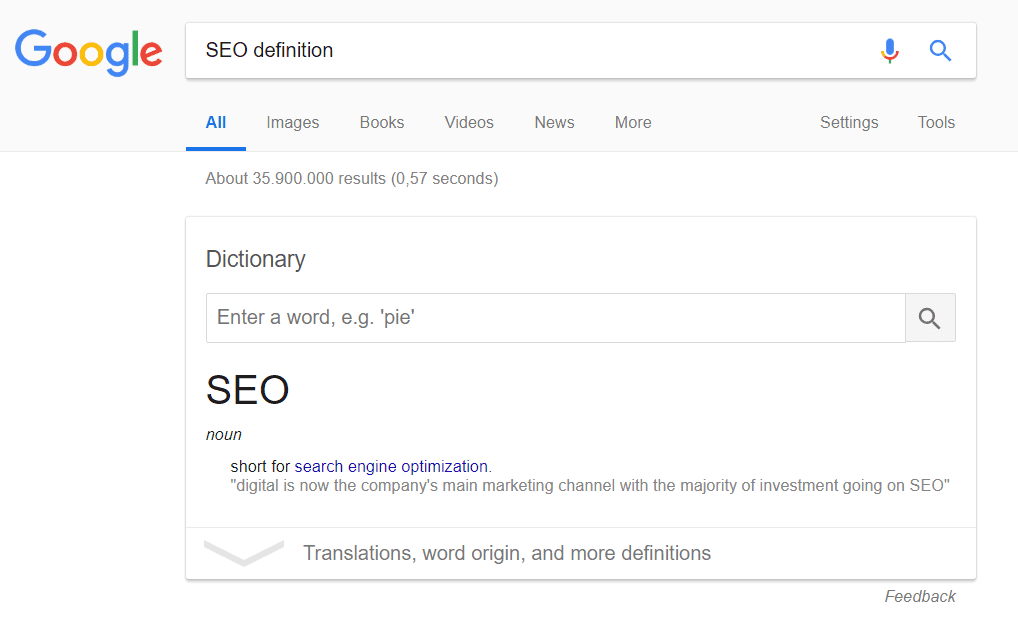
- Bulleted or numbered lists
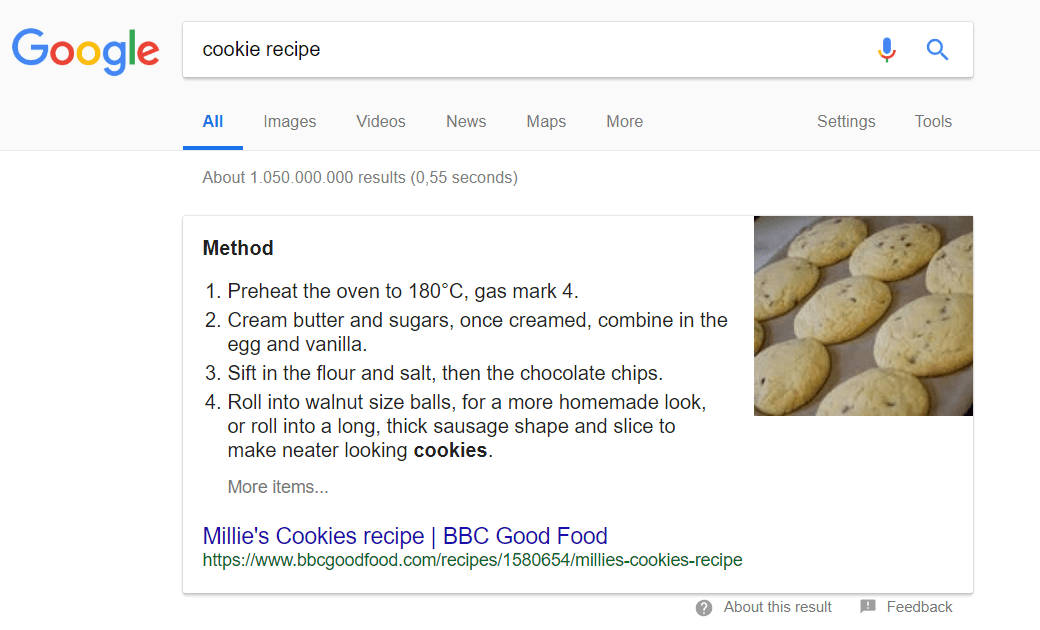
- Table
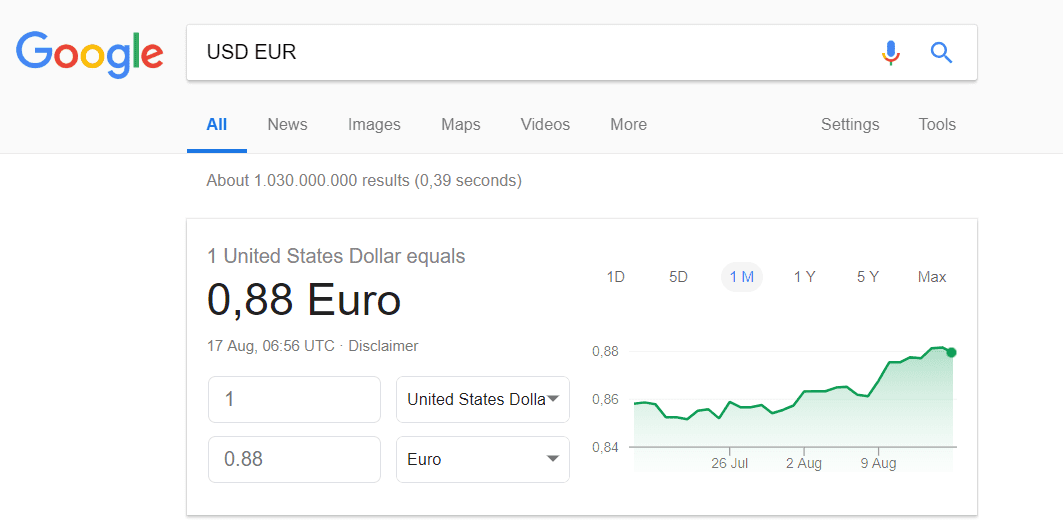
For a long time used in the United States, PAAs first appeared in Google Belgium search results in 2016 and have since enjoyed ever-increasing success. People Also Asked elements accompany featured snippets, also in the form of a frame presenting a series of frequently asked questions entered by internet users and associated with the initial request. When the user clicks on one of the questions, an accordion menu including the associated featured snippet is opened.
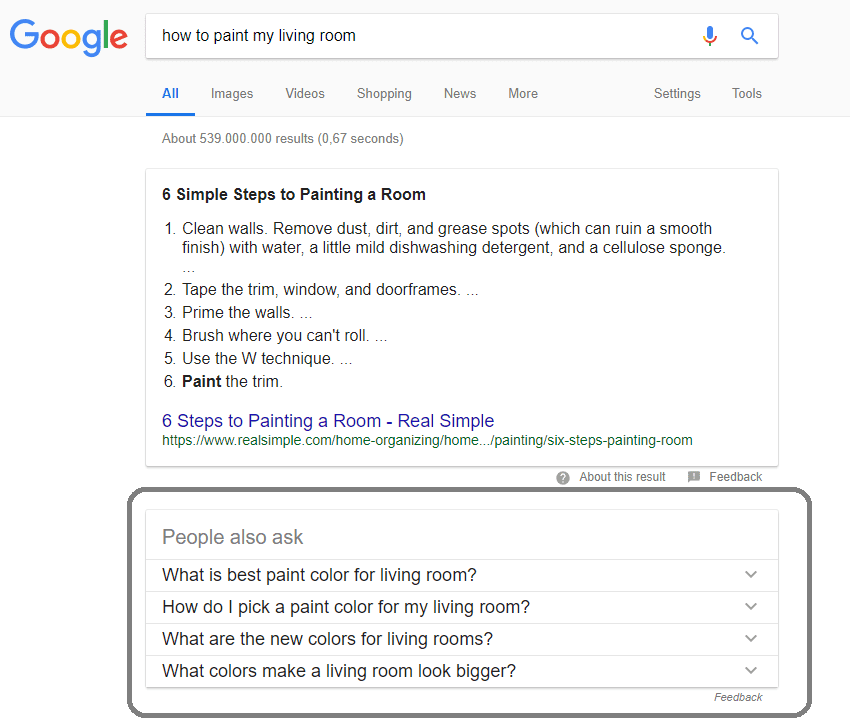
Mobile and voice search
Featured snippets and PAAs are part of Google’s constant evolution and its will to increasingly position itself as an answer engine. This change in paradigm is also the result of changes in user search behaviour, as internauts become increasingly mobile. And whenever there is mobile, there is also vocal, as illustrated by the huge boom in vocal assistants such as Google Home, Alexa or Siri for example.
Focus on search intent
Generally speaking, SEO tries to identify the internet user’s search intent, in order to offer the most appropriate answer. The first step in optimising your contents, with position 0 or PAA display in mind, therefore consists in analysing the most frequently asked questions entered by your users and concerning your products and services.
You then need to check whether or not there is already a featured snippet covering the questions you have identified and if any such snippet is pertinent for assessing the level of feasibility. Sometimes you will need to opt for different and more easily exploitable themes.
Finally, you can design a specific content page that is in line with the question. For drafting this content, identify yourself with the user to ensure you provide the response he/she is looking for. The basics remain the same as for general SEO content creation, only the format changes. Be concise and start with an isolated text of around 25 to 30 words which will appear as the featured snippet.
Importance of on-page optimisation
Vital for obtaining a good position in the search results page, on-page optimisations play a leading role in optimised content creation, to ensure display among featured snippets and PAAs. Although there are no firmly established rules on how to reach position 0, it appears that certain basic rules of good practice can prove propitious:
- Copy the 25 to 30-word isolated text at the start of your page in the meta description tag.
- H1 and title tags correspond to the question, the search intent for which the page can provide an answer.
- Use a 4×3 format image.
- Pay attention to code, link optimisation and text structure in order to obtain the most SEO-friendly content.
Are you looking to improve your website indexing? Find out more about our SEO expertise.

